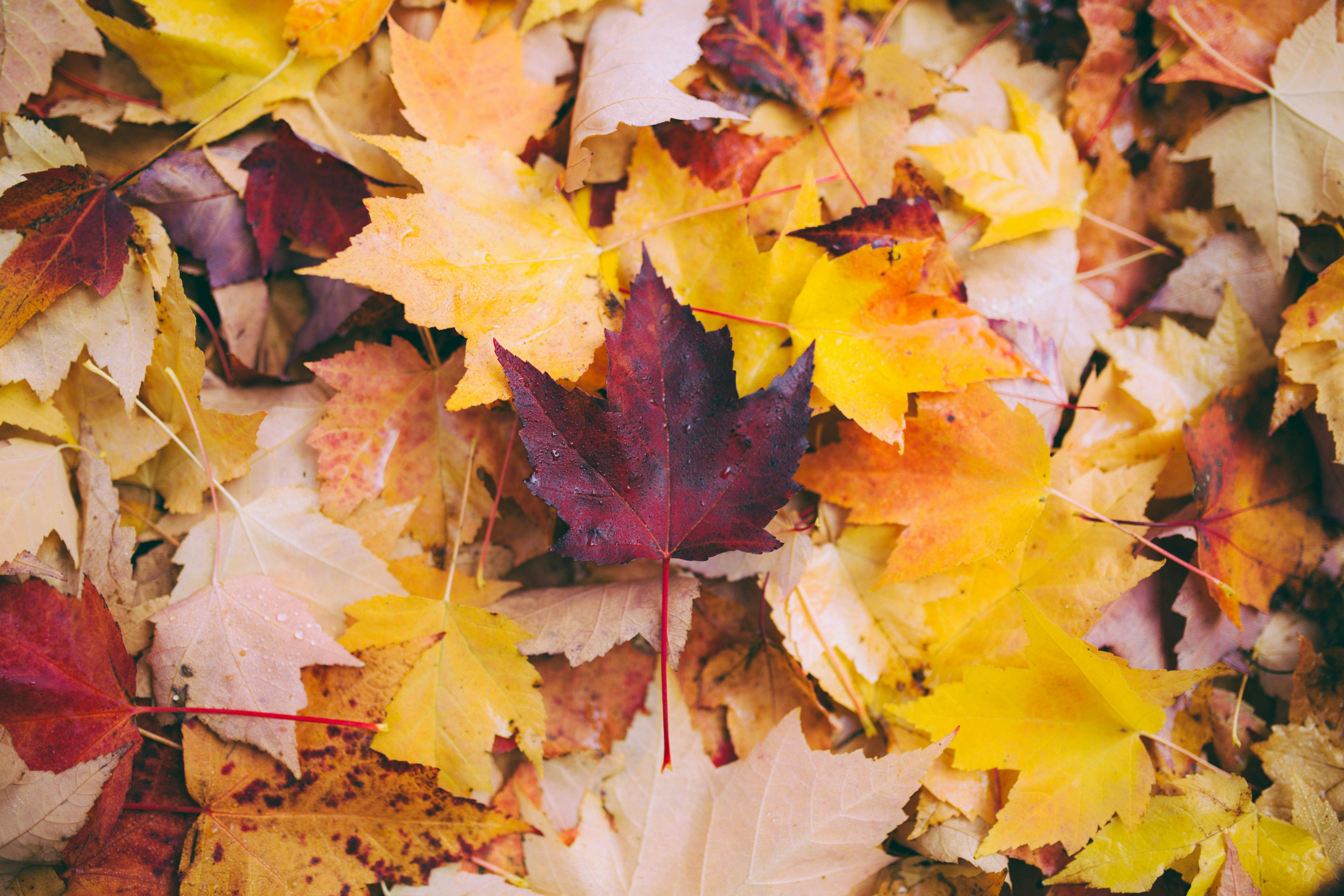As autumn paints our landscapes in vibrant hues of red, orange, and gold, many homeowners instinctively reach for their rakes and leaf blowers. However, what if those fallen leaves aren't yard waste at all, but rather nature's own restoration system? Understanding the vital role that fallen leaves play in ecosystem health might just change how you approach your fall yard maintenance.
Fallen leaves create a natural mulch layer that serves multiple crucial functions in maintaining healthy soil and tree systems. As leaves decompose, they release essential nutrients back into the soil, creating a natural fertilizer that trees and other plants need for healthy growth. This process is particularly important because trees have specifically evolved to thrive in environments enriched by their own fallen leaves.
The leaf layer also acts as a protective blanket for soil during harsh winter conditions. This natural insulation helps regulate soil temperature and moisture levels, preventing frost damage to tree roots and other beneficial organisms living in the soil. The decomposing leaves create an ideal environment for earthworms, beneficial bacteria, and fungi that are essential for soil health.
Wildlife benefits significantly from fallen leaves as well. Many beneficial insects, including butterfly and moth species, rely on leaf litter for winter shelter and breeding grounds. These insects, in turn, provide food for birds and other wildlife, creating a complex and interconnected ecosystem right in your backyard. Additionally, the leaf layer provides essential cover for hibernating amphibians and small mammals during the cold winter months.
Beyond the ecological benefits, leaving leaves in place can save both time and money. It eliminates the need for expensive chemical fertilizers, as the decomposing leaves naturally provide the nutrients your soil needs. It also reduces water usage, as the leaf layer helps retain soil moisture and prevents evaporation.
Of course, there are practical considerations to balance. While leaving leaves in garden beds and around trees is beneficial, you may need to remove them from lawns to prevent grass damage. A good compromise is to mulch leaves with a mower and leave the smaller pieces to decompose, or to move whole leaves to garden beds and around trees where they can do the most good.
By working with nature's processes rather than against them, we can create healthier, more sustainable landscapes while supporting local biodiversity. So this fall, consider leaving at least some of your leaves in place – your trees, soil, and local wildlife will thank you for it.
